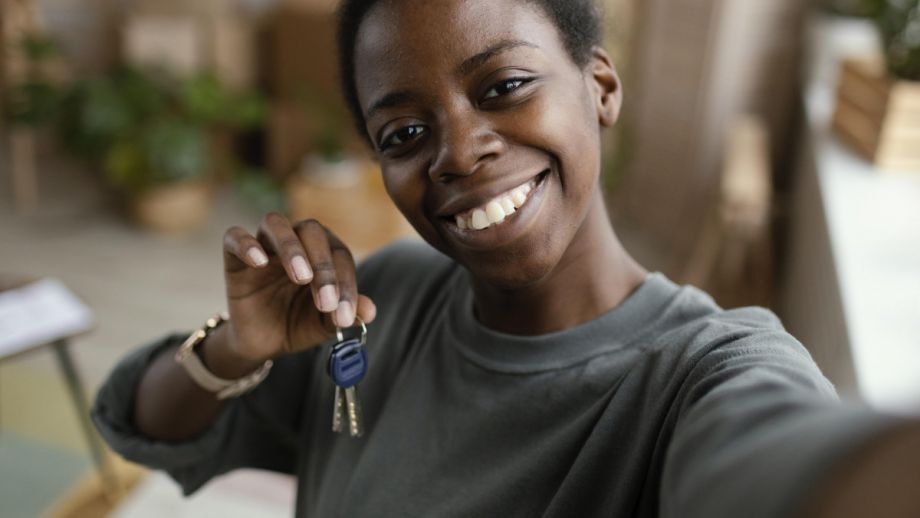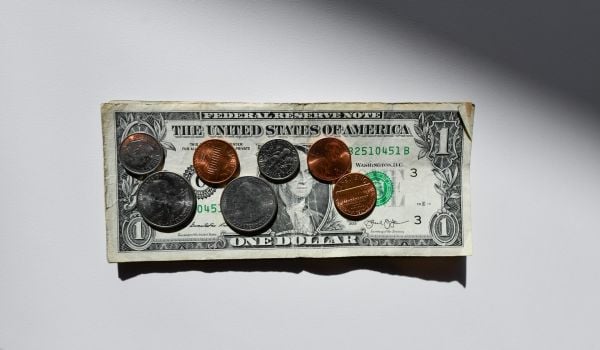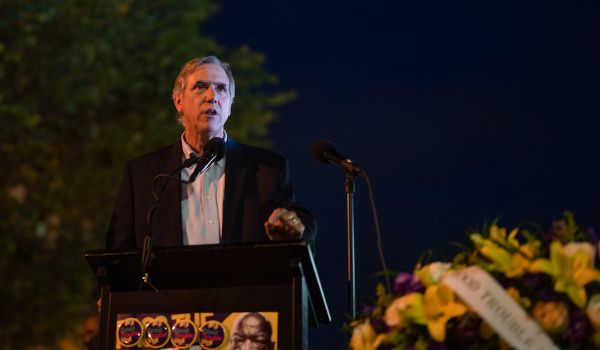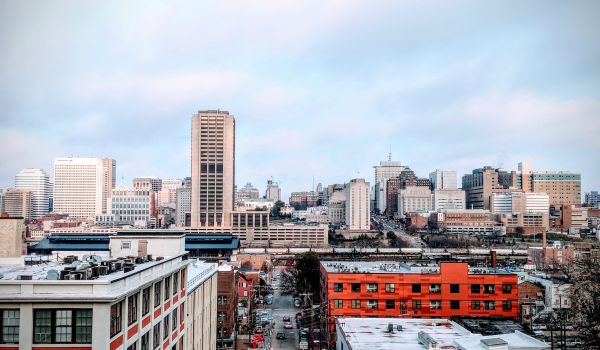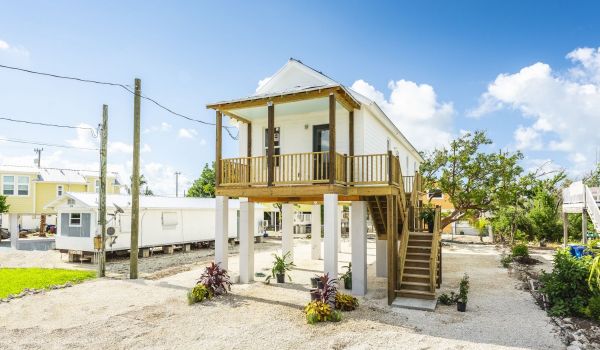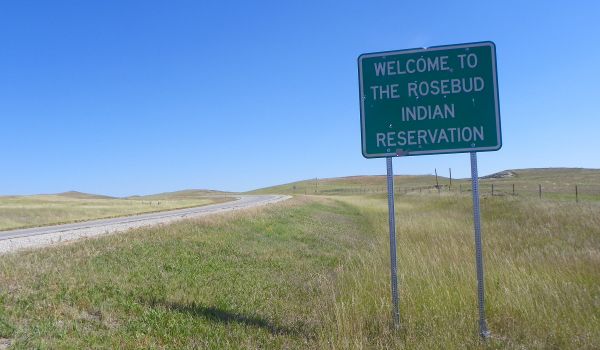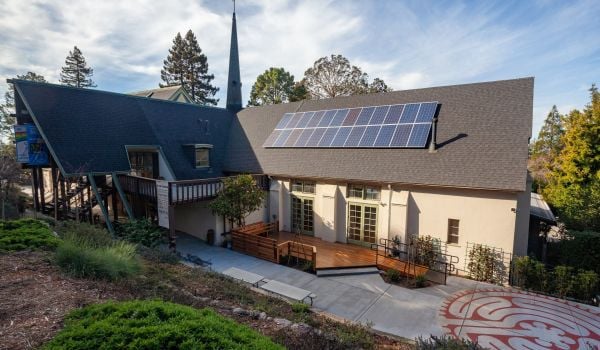It’s no secret that Americans are facing a housing affordability crisis and that we’re less secure than ever in our homes. But as rents rise and inflation increases, we are also seeing a growing trend in the media to downplay the role of homeownership in providing stable, affordable housing and closing the racial wealth gap.
Again and again, we see headlines that claim that young people don’t want to own homes or that homeownership is a burden and not something that we should aspire to. Call me old-fashioned, but I know that owning a home is a reliable way to build generational wealth and bring stability to our lives.
As the President of NCST (the National Community Stabilization Trust), an organization that has worked since the 2008 financial crisis to ensure that families across the country have access to homeownership, I have seen firsthand that homeownership changes lives and saves communities. And I know that if we hope to bring stability and wealth to America’s most vulnerable communities, then we can’t give up on homeownership.
While homeownership can indeed be out of reach for many Americans, the reality is that buying a home remains more affordable than renting. In more than half of U.S. cities, it is less expensive to own a home than to rent.
What’s more, homeowners have the benefit of a fixed mortgage, and aren’t subject to rent increases, which can be drastic. Over the past five years, renters have seen an increase of 18% in their rents – a number that well outpaces inflation.
To understand the full picture of affordability and homeownership, it’s critical to look beyond the major coastal cities where density and multifamily rentals are the norm. Across the country, most of our housing stock is in single-family homes.
To be sure, many young people and middle- and lower-income Americans face difficulties in coming up with a large down payment. It is true that Gen Z and millennial buyers, especially those that are Black and Latino, face increased challenges to entering the home purchase market, including high home prices, rising mortgage rates and the impact of inflation on overall cost of living.
That doesn’t necessarily mean that it’s better for them to rent. In fact, there are a growing number of financial resources and government policies that help buyers reduce the down payment burden.
The Federal Housing Administration (FHA) mortgages allow down payments as low as 3.5%, and over 42% of Black homebuyers applied for FHA mortgages in 2020. In addition to FHA mortgages, down payment and first-time homeowner assistance exist in many states and cities, and localized home buyer readiness programs can significantly reduce the down payment needed for buyers of all generations to buy a home.
Homeownership is one of the primary drivers of wealth in the United States. But there are plenty of reasons beyond investing to own a home. Unlike stocks, mutual funds, or other investment vehicles, a home fulfills the essential need for shelter. Owning a home offers families a sense of privacy, control over their own living space and the opportunity to become part of a community of long-term homeowners. Additionally, homeownership ensures long-term stability of monthly mortgage payments so homeowners aren’t subject to potentially devastating rent increases, or forced to move out of an affordable apartment at a landlord’s whim.
The direct connection between the racial wealth gap and homeownership is also well-documented.
According to the Urban Institute, about 72% of white households own their own home, while only 42% of Black households and 48% of Hispanic households are homeowners. This disparity in homeownership rates is then reflected in statistics on household wealth. According to the Federal Reserve’s 2020 Survey of Consumer Finances, the median wealth of white households sits at about $188,200; for Black and Hispanic households, that number is $24,100 and $36,200, respectively.
Many American towns and cities have fallen victim to blight and disinvestment, and disinvestment is more likely to occur in Black communities. Aging, blighted homes can drive down the value of neighboring property and contribute to the downward mobility of residents. A robust program to rehabilitate blighted communities and put homes in the hands of owner-occupiers is critical to ensuring equitable access to prosperity and closing the persistent racial wealth gap.
While many people believe that encouraging homeownership drives gentrification, the reality is that creating pathways to homeownership, alongside a robust system of regulations and safeguards against discrimination, creates stable communities.
Owner-occupiers live in their homes for longer, which strengthens meaningful connections, increases investments in schools, deepens local civic engagement, and powers local businesses. This “virtuous cycle” is especially impactful in historically disinvested communities, where investment in rehabilitating older properties while encouraging owner-occupancy is most critical.
It’s time that we work to ensure that homeownership is accessible to all families.
Christopher Tyson is the President of NCST (the National Community Stabilization Trust), a nonprofit that works to increase homeownership by expanding the supply of affordable, single-family homes, and in turn, stabilize neighborhoods, grow community wealth, and close the racial wealth gap.

